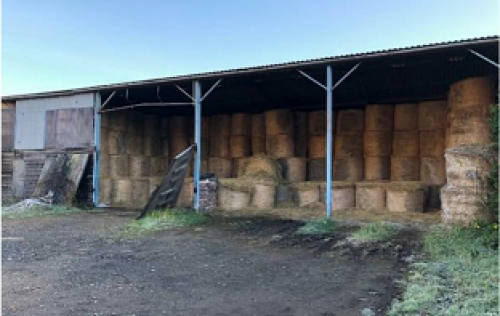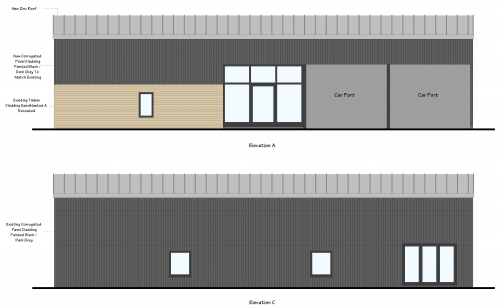The danger of alternative designs in Class Q appeals
“Timing is everything,” as they say. This is certainly true when considering alternative designs as the following example of a Class Q conversion from a barn to a dwelling demonstrates.
We’re all familiar with the “softly, softly, catchee monkey” approach where the initial proposals are very minor to get past the Council’s defences, followed by a little bit more, then a little bit more…..until a quite ambitious scheme is achieved. This can work well with a local planning authority as it is often the same case officer who will consider the second and third proposals for a site. Having accepted the first proposal, the officer is to some extent already committed to the scheme and more likely to accept tweaks. However an appeal introduces a completely new decision maker who will consider the development afresh from first principles. In such circumstances the existence of alternative designs can trip up the scheme.
Class Q permitted development rights allow conversions of agricultural barns to dwellings and “operations reasonably necessary to convert the building”. It is accepted that a dwelling must have modern insulation and this often involves changing the roof and internal walls. On the other hand, appellants must tread a careful line to demonstrate that the project is a conversion rather than a rebuild. The grey area between conversions and rebuilds was explored in the High Court Judgement in the case of Hibbitt v SSCLG (2016) EWHC (Admin) and subsequently incorporated into the Planning Practice Guidance (PPG) in paragraph 13-105-20180615.
In the case study below, the appellant wanted to convert a dutch barn to a dwelling. The barn had metal sheeting on three and a half sides. In his first design, the existing metal sheeting and timber cladding was to be cleaned, painted and retained. This design obtained prior approval from the local planning authority.


The second design, which was refused and then appealled, was to replace the metal sheeting with timber boarding and render. The appeal was dismissed on the grounds that the replacement wall cladding was a preference rather than a necessity and therefore failed the “reasonably necessary” test.

One wonders whether the appellant would have fared better if there had been no alternative design already approved.
While it’s always good to consider alternatives, the best time to do so is at the outset. Later purchasers of the land beware!
To find class Q appeals of interest, search for "class Q" on our Home page.

